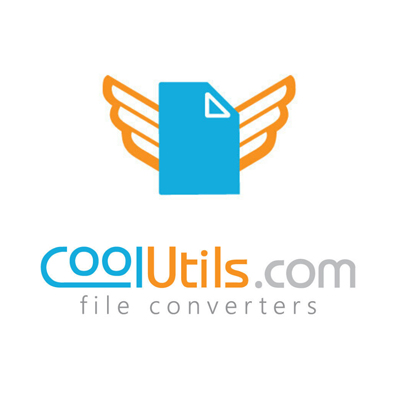Converting XML to KMZ files can be necessary in various scenarios. XML (eXtensible Markup Language) is a widely used format for storing and transporting data, commonly used in web applications, databases, and data interchange. On the other hand, KMZ (Keyhole Markup Language Zipped) files are compressed versions of KML files, which are used to display geographic data in applications like Google Earth. By converting XML to KMZ, you can take advantage of the power of geographic data visualization provided by KMZ files. There are several reasons why you might want to convert XML to KMZ. One common reason is to create visually appealing and interactive maps based on your XML data. KMZ files allow you to plot your XML data on a map with different markers, styles, and layers. This can be particularly useful if you are working with geospatial information or if you want to provide a user-friendly way to explore and interact with your data. Additionally, by converting XML to KMZ, you can take advantage of the various features and functionalities offered by applications like Google Earth, such as 3D visualization, fly-through animations, and the ability to overlay multiple data sources on a single map.




XML files, short for Extensible Markup Language files, are a popular file format used to store and transport data. XML files are highly structured and are written in a markup language similar to HTML. They provide a way to store data in a format that is both human-readable and machine-readable, making them particularly useful for exchanging information between different applications and systems. XML files consist of a hierarchy of elements, each with its own unique tag name and value. These elements can also contain attributes that provide additional information or metadata about the data they represent. XML files can be easily manipulated and processed using various programming languages and tools, making them a flexible and widely adopted choice for data storage and transfer in the technology industry.
A KMZ file is a compressed version of a KML (Keyhole Markup Language) file. KML is an XML-based markup language that allows users to create and display geographic data in Earth browsers, such as Google Earth and Google Maps. KMZ files, on the other hand, are simply KML files that have been archived or zipped to reduce file size. This makes it easier and faster to share and distribute geographic data over the internet. KMZ files can contain various types of data, including placemarks, polygons, paths, overlays, and 3D models. Users can open KMZ files in Earth browsers, such as Google Earth, by simply clicking on the file or importing it directly into the software.